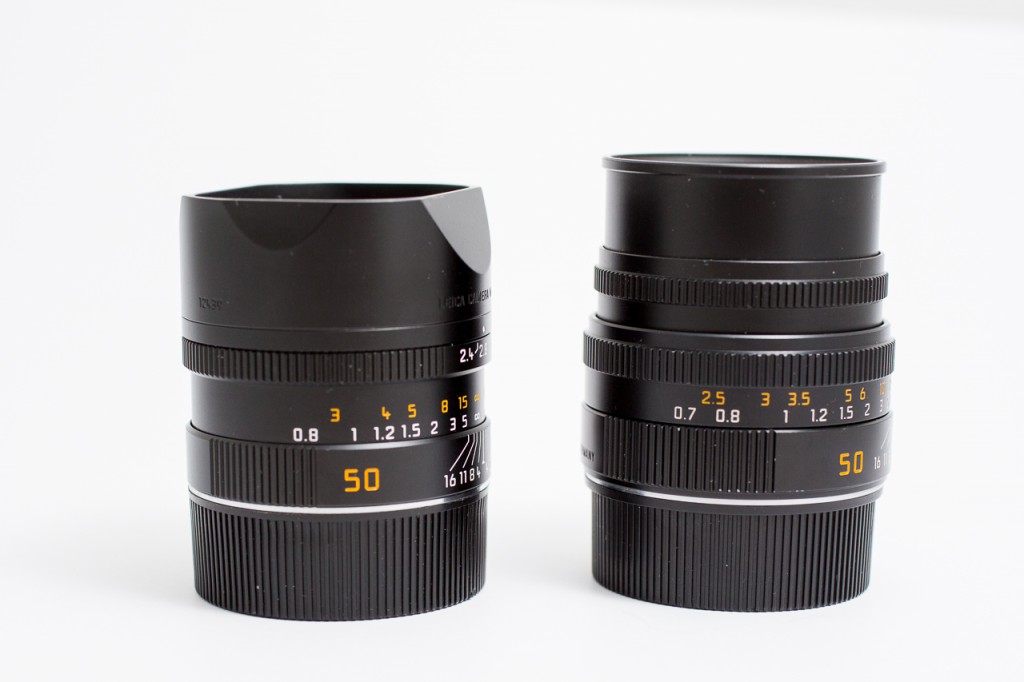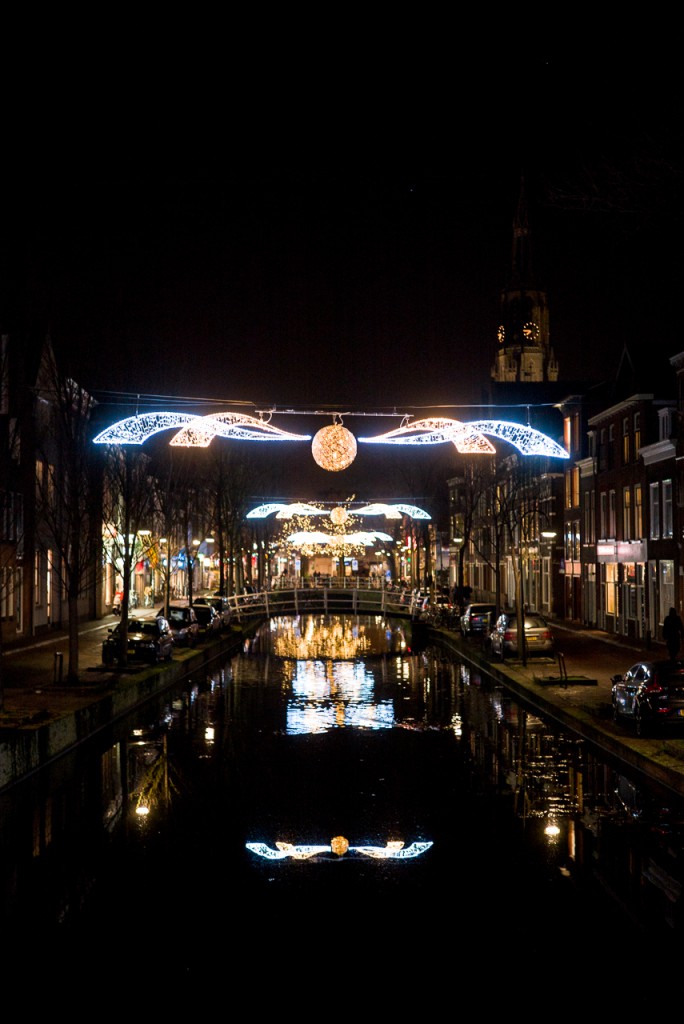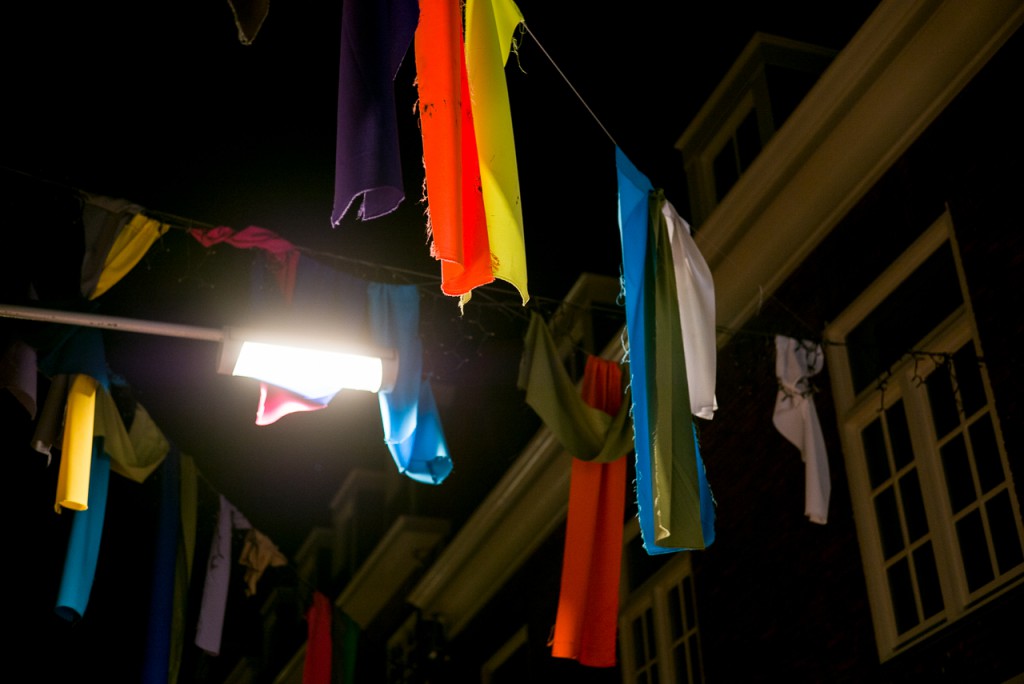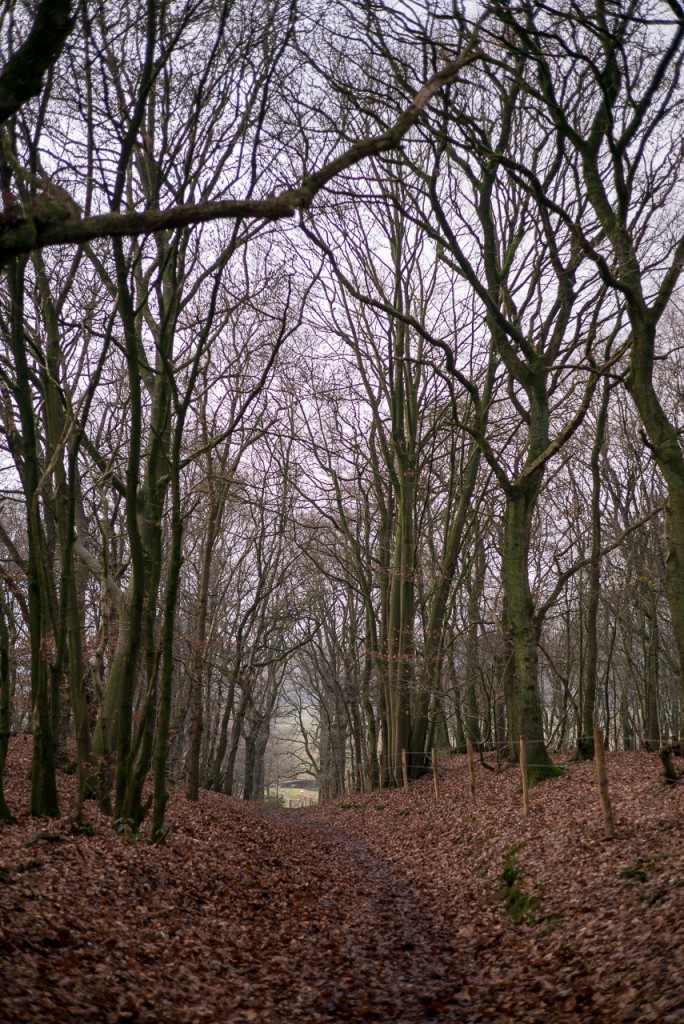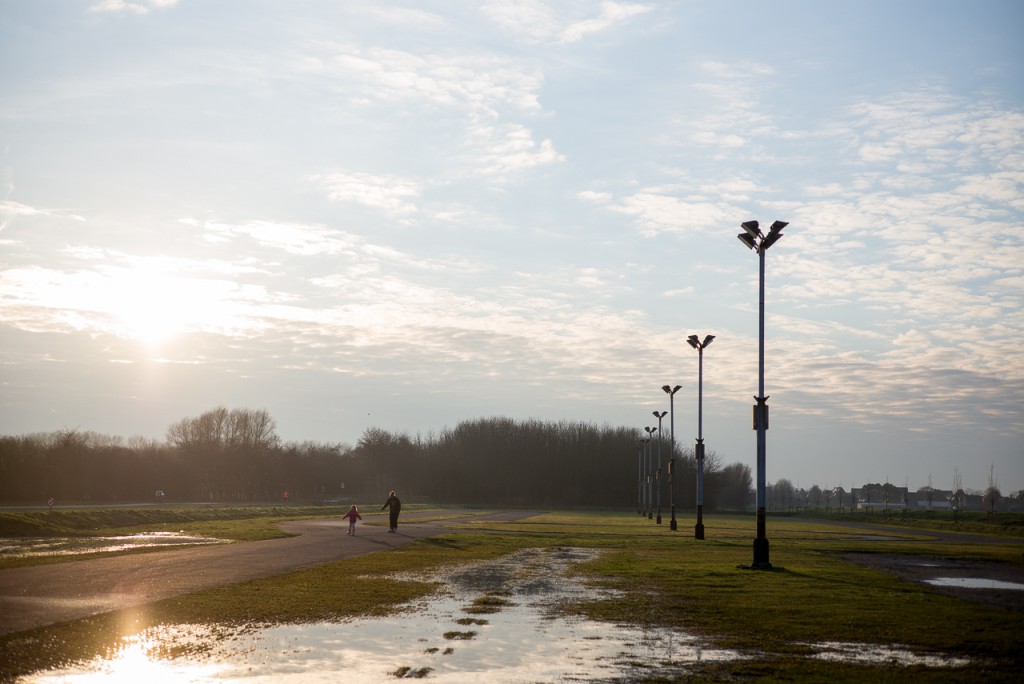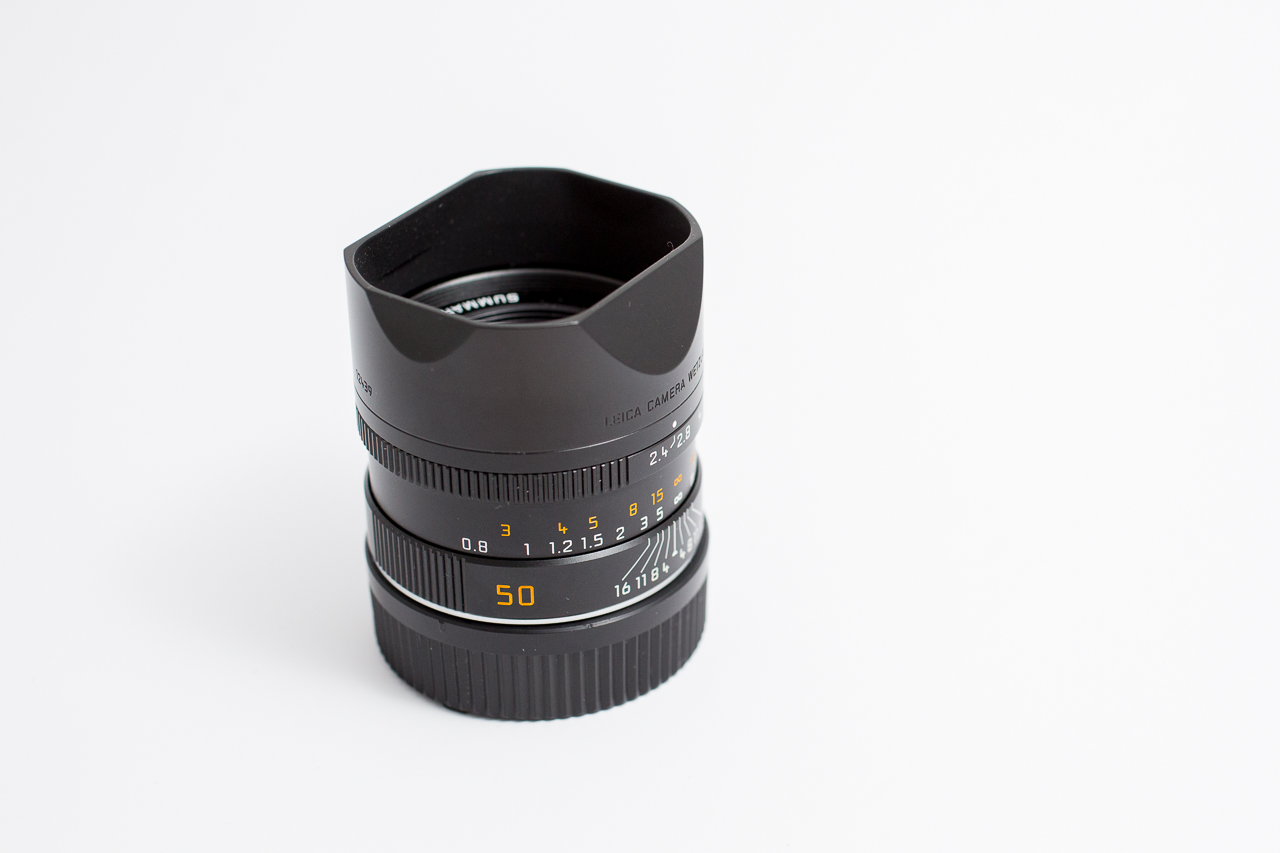For many photographers, the 50mm focal length is a favorite and you can count me among them. While I do not regard 50mm as a ‘standard lens’ – it’s too long for that -, I do regard it as a ‘standard piece of equipment’ that every photographers should have. So we ‘need’ a 50mm, that’s out of the question. The next logical question would be: which 50mm do we need?
Today, with the M240 and a Summarit, you can achieve better low-light images than you would have with an M8 and a Noctilux…
In the early days of digital Leica M bodies, the good old adagium ‘the faster the better’ did make sense. With the M8, anything above ISO 640 would start to look funny and fuzzy. A summicron was the least you should have, but the Summilux would be better. Sometimes it seems that we still cling on to this old adagium, while ignoring the evolution in camera technology. Today, with the M240 and a Summarit, you can achieve better low-light images than you would have with an M8 and a Noctilux. Also, using a Summilux or a Noctilux comes at a considerable cost. First in money, second in weight and volume. If

you’re lugging around a camera all day, faster isn’t always better.
Faster isn’t always better…
So the existence of the Summarit range is very much legit. If you want the smallest, most lightweight camera-lens combination – and you disregard other brands -, the Summarit is what you want. Most people will ask another question: is the Summarit 50/2.4 good enough?
Build quality and ergonomics
Sometimes people seem to attribute the build quality of M-lenses entirely to how solid the aperture ring clicks. As far as I’m concerned, this is just one aspect of the build quality of a lens. But if you ask me, the aperture ring on the 50/2.4 clicks just as nice as my 50/0.95 does -which is slightly too loose for my taste -. Yes, the lens itself feels less sturdy than a 50/1.4 Summilux, but that’s because it is a lot lighter. I never moved the aperture by accident while using the Summarit-M 50/2.4. Focusing is smooth and nice, but as you know, I care about the focus throw more than the smoothness of the focus. Like all Summarit lenses, the focus throw is relatively short. I’m usually not a big fan of that, because it increases the chance of getting out of focus images. For the 50 however, I’m happy with the throw. For this focal length and maximum aperture, it works. The tab increases your speed if you know how to work it. If you don’t like tabs, you might be happier with a Summicron.
Another aspect that I’m quite happy with, is the hood. First, it looks terrific! Without any doubt I’d rate the aesthetics of the lens way higher than the Summicron. The Summicron looks a bit silly with the slide out hood and there’s a practical side to it as well. I don’t use filters, so I rely on the hood for its protection of the front lens element. The slide out hood of the cron offers less protection than the solid metal screw on hood of the Summarit. That’s a bonus, isn’t it?
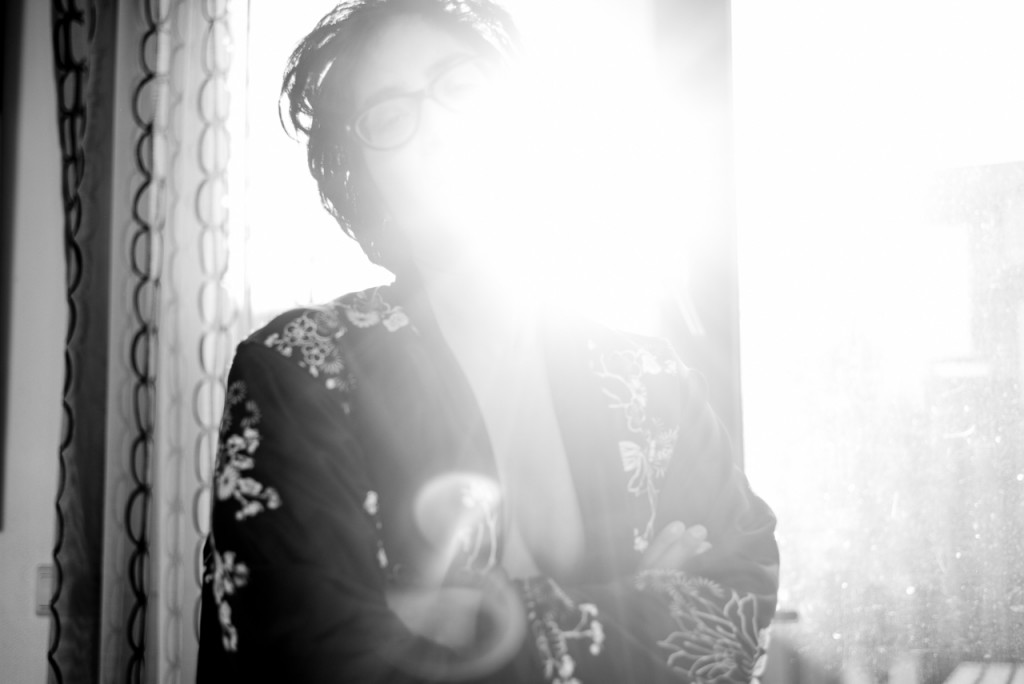
Sharpness, bokeh and rendering
Time to bring out my old friend Fowly. As you can see, the Summarit-M 50/2.4 is sharp wide open. Sharpness does improve a bit when stopping it down, but I can’t imagine there are situations where you need more sharpness than the wide-open sharpness. I never used the older version of this lens, so I cannot comment on that. If you use this lens for architecture or landscape, where sharpness is more important than the work I do, I’m sure it will deliver.
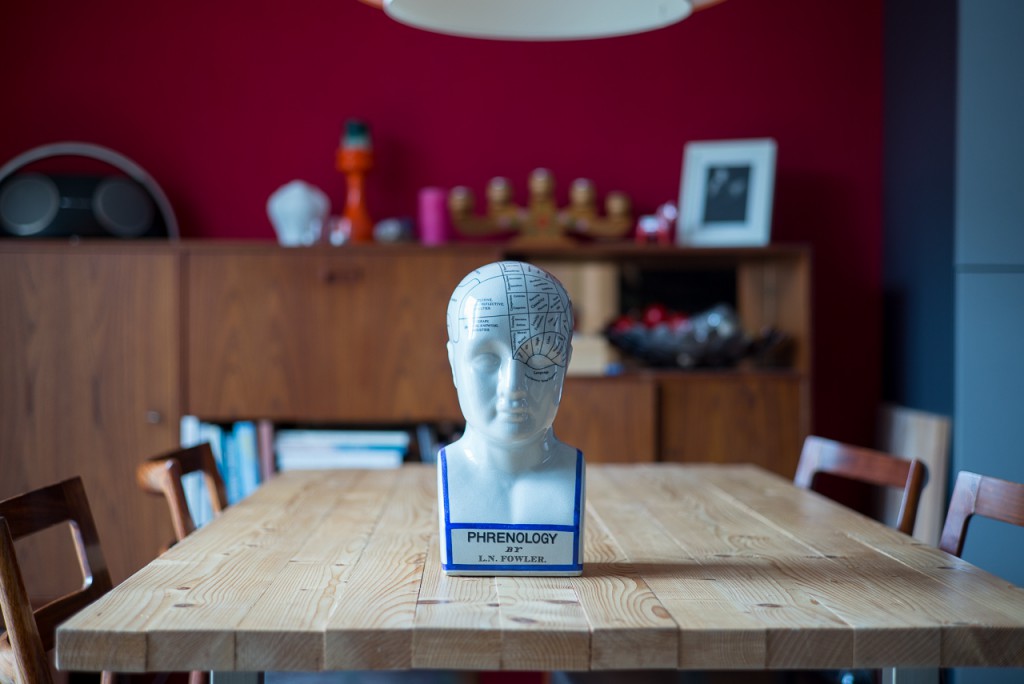

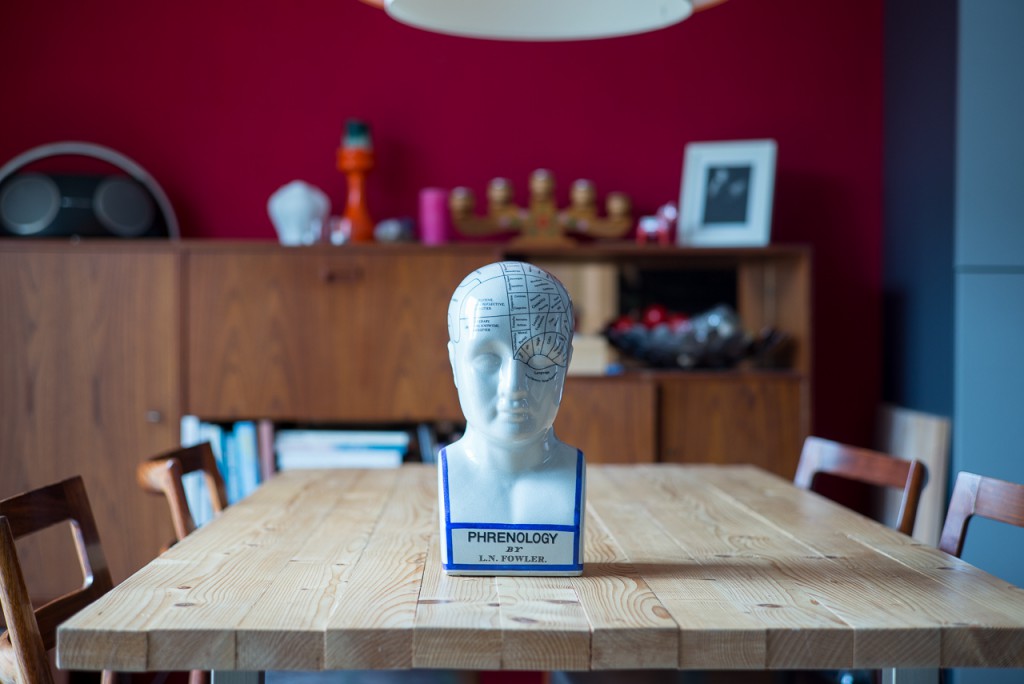
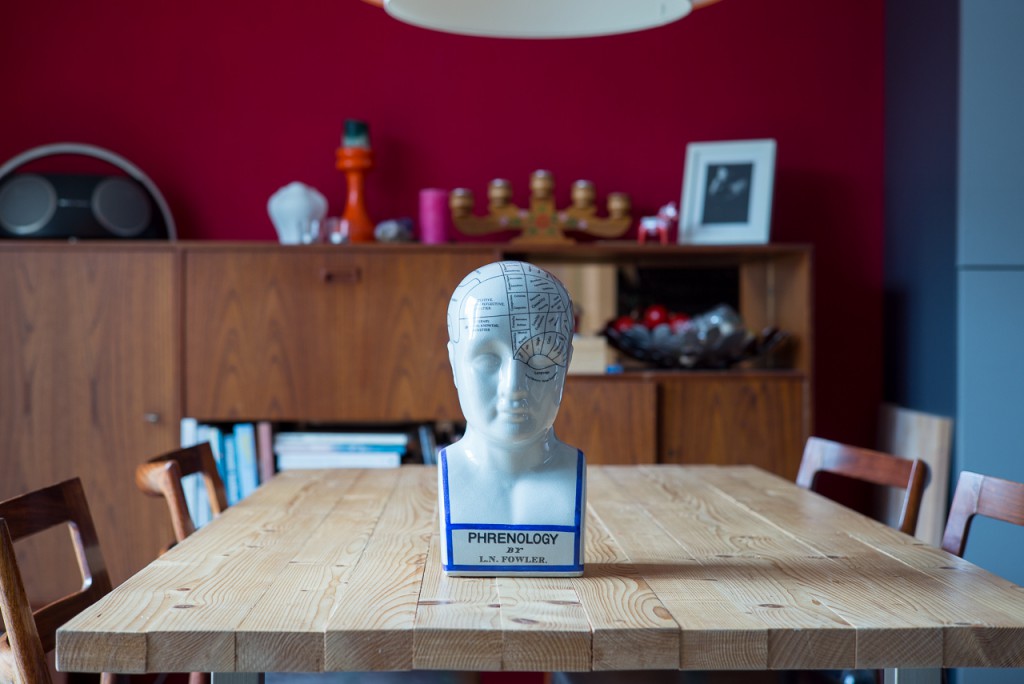
Rendering is more important for me, because this is something you can create a signature with. The new 50 Summarit is crispy sharp, but lacks the microcontrast you see with the Summicron. Also, the transition from in focus to out of focus areas is less pleasant than with either the Cron, Lux, but most of all (of course) the Nocti. It’s a bit flatter, less 3D-like if your distance form your subject is more than two to three meters. If you get closer, the image gets milkier, smoother, more to my liking – yes, I’m still talking about lenses – . In fact, I think the 50 Summarit has two faces: the razor sharp, no-nonsense observing look when used for subjects at moderate distance. And a more classic, softer look when used in close-up situations.
The new 50 Summarit is crispy sharp, but lacks the microcontrast you see with the Summicron.
This two faced look also applies for the bokeh. If you move away from your subject, there’s not really much to bokeh about, but if you get close, bokeh is pretty good!
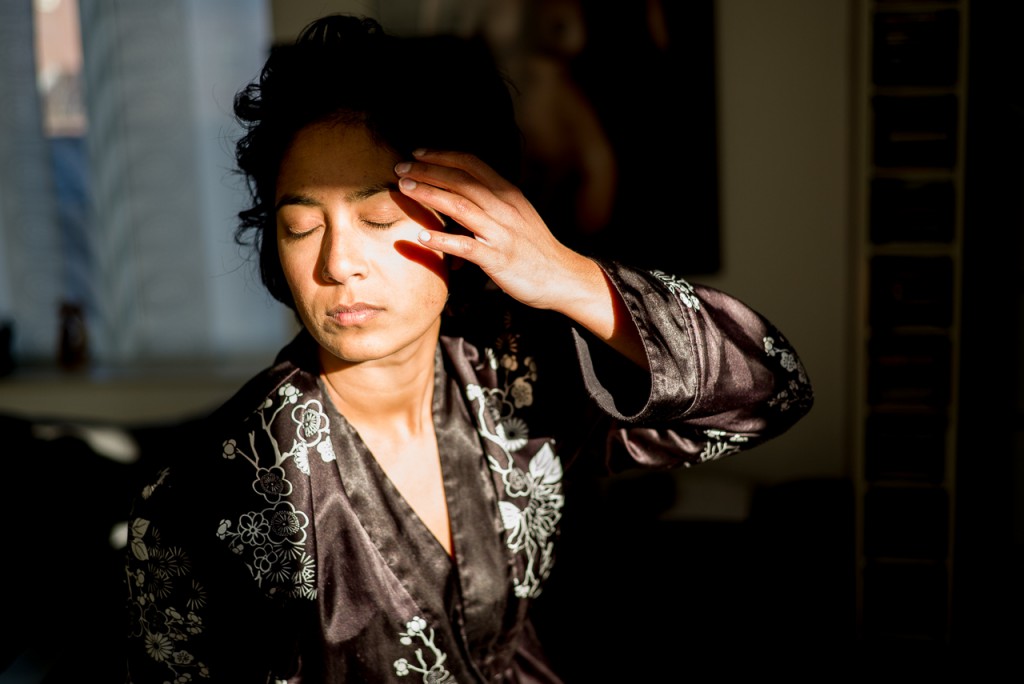
Conclusion
The Leica Summarit-M 50/2.4 is a very interesting lens. Handling is good, build quality is good and personally, I like the rendering as well. Up close, there’s plenty of smooth bokeh and a nice transition from in focus areas to out of focus areas. Resistance to flare is good, maybe thanks to the excellent hood. All of this 50mm goodness comes in a very small and very lightweight package. It almost seems like a no-brainer. Or is it? The 50 Cron is ‘only’ 450 Euros more expensive, 50 grams heavier and offers 10 centimeters more of close up focusing. The Cron also delivers a more pleasing picture that bears the legendary ‘Leica look’ – a high microcontrast and unique transition -, so why buy the Summarit? Well, you will feel the extra 50 grams on the end of the day, 450 Euros isn’t nothing, you do get a focusing tab, the hood is much better, the Summarit looks better, what else do you want? I think there’s two type of Leica Summarit 50 buyers: first the photographers that are buying into a new system and don’t want to spurge on a Cron or Lux. Second, the Leica shooters that already have a 50 Lux – or Nocti – and are looking for something lightweight and small for long days of shooting.
Am I interested myself? Yes, I am. 50 Grams is a lot on an outdoor adventure where every gram counts. On a wedding, I’d take my Cron and/or Nocti to be able to cope with low light settings. Depending on the new Leica M to come, the Summarit will be even more of interest for a lot of Leica shooters.
Other reviews you might like:
- The Leica 50 summicron (latest version)
- The Leica 50 Summilux (version II)
- The Cosina Voigtländer 50/1.5 (new release)
